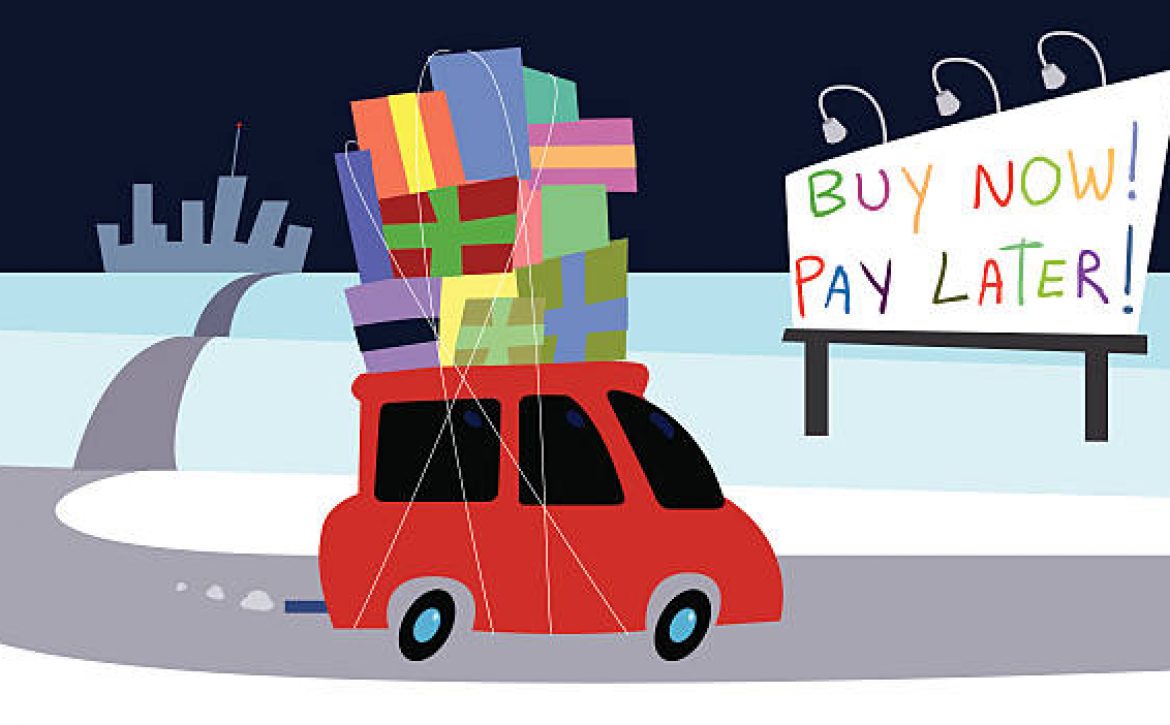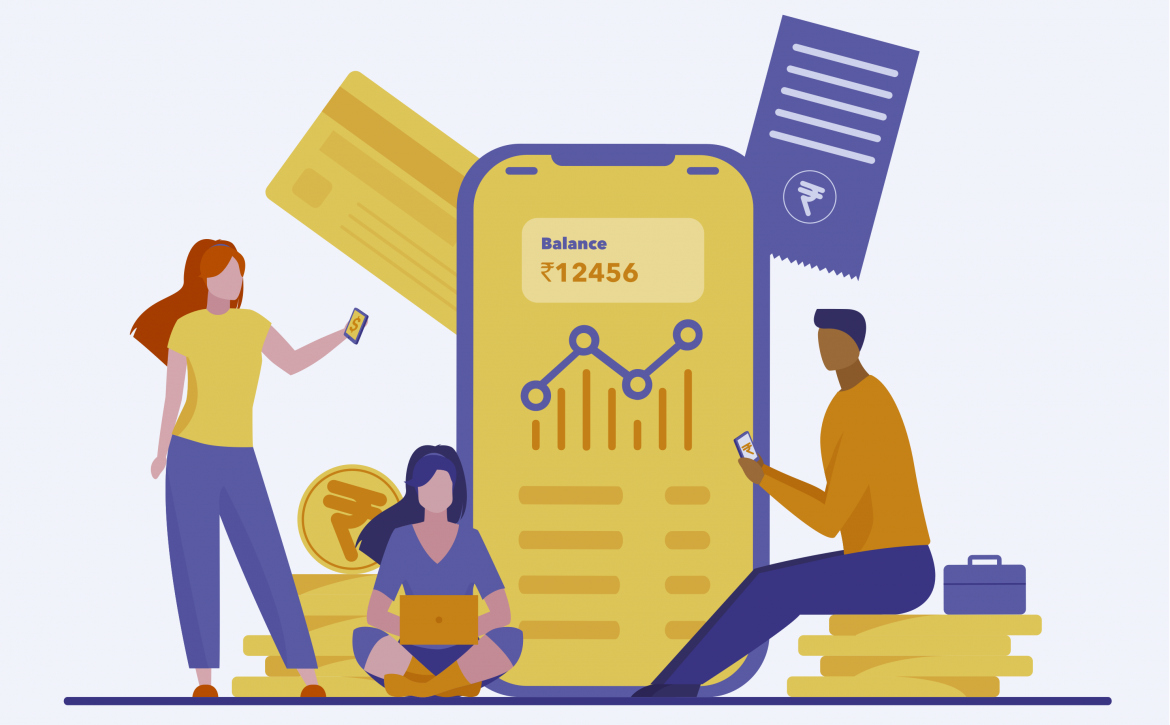Is Buy Now Pay Later a Blessing or a Curse for Users?
Buy Now Pay Later (BNPL), as the name suggests, facilitates users to buy products now and pay at a later stage. The facility offers the advantages of a credit card without carrying the card at the time of payment. This concept is similar to the local Indian concept of the “Khaata system” – the consumer purchases items from the shopkeeper on credit. The settlement is done on a monthly or weekly basis.
BNPL and Millennials
BNPL is available to users of demographics. But it has the highest acceptance amongst “millennials” because of their high willingness to spend coupled with lower availability of resources & non-availability of credit.
Pay later without credit assessment enables Millenials to avail credit services without having a good credit score. Millennials are also attracted to exciting discounts and cashback offered by fintech and retail companies for using their BNPL services.
In the era of digitalization, BNPL brings the new generation credit facility to its users with a more secure, easy and quick process to sign-up with just a few clicks in less than 30 seconds.
Advantages of BNPL
Users can avail of the Credit facility with no hidden charges, at zero interest rate fee, and with an easy EMI payment option that helps them buy the products immediately without spending any upfront cash in real-time. There is a minimal penalty levied in case of late payment.
A customer can sign up with different fintech at the same time and avail of higher credit limits. In the current scenario of increasing cyber fraud, BNPL eliminates users’ risk by not exposing sensitive data such as bank account and card details.
Several fintech companies provide BNPL services to change the shopping experience for their users. It allows them to enjoy credit facilities at various e-commerce websites and offline in-store purchases POS by QR code. Retail stores or e-marketplaces provide the BNPL facility to their customers by themselves or through partnerships with fintech providers.
BNPL services empower their customers by getting the products/ service accessible in the most convenient manner, especially during a pandemic situation, which develops further trust and loyalty between the merchant and the customer.
This flexible payment option reduces the cart abandonment rate and provides a better customer experience, thus increasing customer penetration. Some market players offer high discounts, cashback and loyalty rewards for using the BNPL payment option, enabling them to increase customer’s shopping basket size and purchase frequency with this easy and seamless checkout option.
Disadvantages of BNPL
Though a boon to many, ease of accessing “Buy Now Pay Later” services at the checkout could become a temptation for young consumers to spend more than they can afford. It may eventually become a part of their lifestyle and lead to excessive impulse shopping and eventually fall into a debt trap.
People use BNPL facilities at the time of cash crunch and when they have sufficient cash since it provides them with an easy, secure, convenient, and quick checkout mechanism.
BNPL users have been continuously increasing across the globe. At present, one of every five digital users has used this facility during this pandemic.
Bottom Line
Every product or service bears its pros and cons. It depends on users’ consumption behaviour to use the positives to their advantage and avoid falling on the negative side. For those who extensively use free credit available facilities and get in the trap of a vicious debt cycle, BNPL could be troublesome.
However, BNPL has come out as a blessing for users facing liquidity crunch to get the essentials products during the lockdown.





